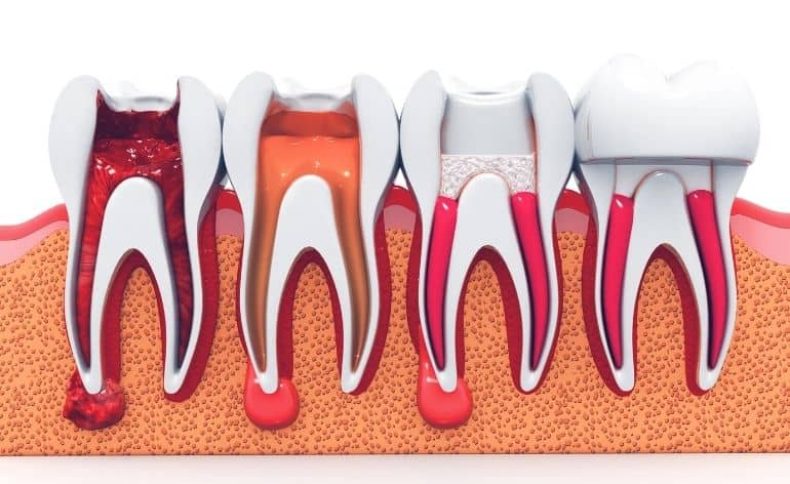What Are the Different Types of Root Canals?
September 14, 2022 - 0 COMMENTS

Root canal therapy conserves natural teeth by offering treatment for infected and inflamed pulp within the teeth. Endodontists offer different techniques while approaching the issues, including surgical and nonsurgical options.
Generally, root canal treatments include the removal of infected or inflamed parts within the tooth. Moreover, the therapy variations depend on the tools used by the endodontist in cleaning out the tooth’s root canals. Some professionals utilize physical equipment, and others use lasers, sound, and water. Generally, the implementation of the tools depends on your tooth health and the structure of your root canals. Visit local oral care dentistry for a dental root canal near me.
Common signs and symptoms of a root canal treatment:
- Formation of pus from the gums next to the infected tooth
- Extensive inflammation and pain in the specific tooth.
- Unable to bite or chew with the affected tooth
- Tooth Sensitivity
- Constant pain in the tooth.
What are the different root canal procedures?
Typically, the endodontist begins the root canals Houston procedure by administering local anesthesia to the affected area and cleaning it out using the tools of their choice. Finally, they use adhesive to seal the root canals using a filling material before getting a crown from your dentist at the dental center.
Traditional Non-surgical Root Canal Treatment:
An endodontist in oral care dentistry makes a tiny hole into the tooth during the traditional root canal treatment. The hole provides access to the doctor inside of the tooth to clean it out properly. Such types of cleaning include a sequence of tiny files in the entire cavity of the tooth. Lastly, the endodontist will seal & close the tooth.
Apicoectomy
Generally, the dentist (root canal specialist) recommends an apicoectomy when a primary root canal—the nonsurgical root canal procedure is ineffective. In this situation, the infection or inflammation may still be present in your tooth or jaw’s alveolar bone.
During an apicoectomy, endodontists employ the local anesthetic, categorized as a microsurgical surgery. They cut off the damaged tooth’s root tip and seal the canal with a filling. The recovery after the damaged tooth removal may take months due to the bone in your jaw.
Pulpotomy and Pulpectomy
Dentists generally perform Children’s root canals on baby teeth, pulpotomies, and pulpectomies. These treatments help preserve your child’s natural teeth, but there is one distinction between them.
A pulpotomy involves removing the diseased pulp from the tooth’s chamber and leaving the healthy pulp in your child’s tooth roots. A pulpotomy only functions if the inner nerve tissue of your child’s tooth is only partially compromised.
Moreover, the procedure involves the complete removal of the pulp and its replacement with a filler substance. This technique saves teeth when pulpotomy can’t save them alone due to the extensiveness of infection or decay.
Conclusion:
A root canal is the most effective treatment that will save your damaged teeth due to severe tooth decay. An endodontist is a specialist professional who holds your teeth using a root canal. Only they can tell you precisely what will happen during and after the procedure, and you can ask every tiny detail about the process during the consultation appointment.











